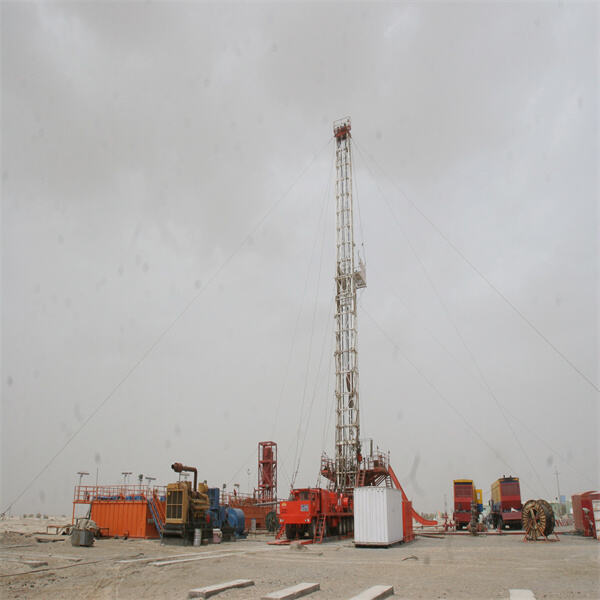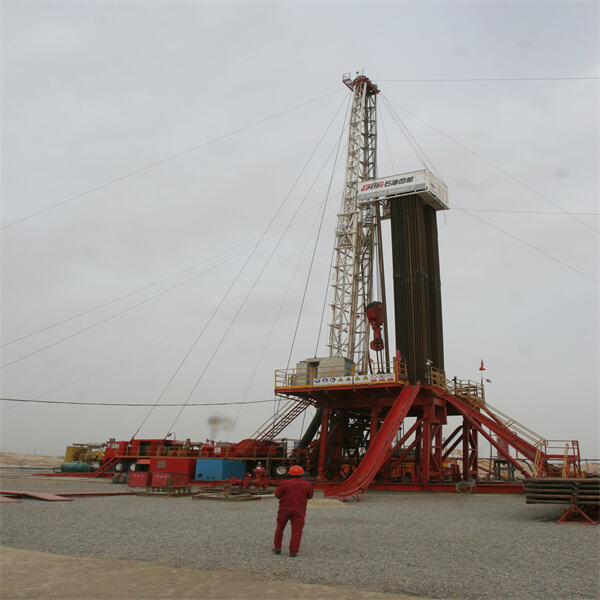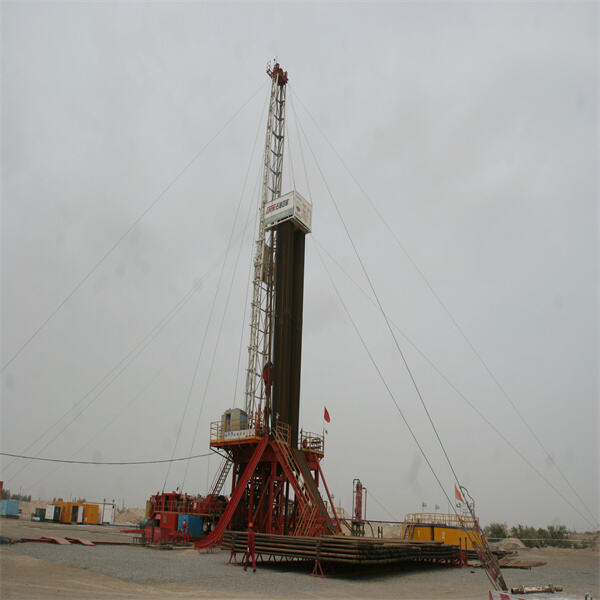Land-based oil drilling rigs are huge machines that dig down into the earth looking for oil. And these rigs are important because oil gets used to make things like gasoline for cars and plastic for toys. We’ll learn how oil drilling on land works, some problems that these rigs present, what that means for the environment, the joys of infrastructure and how people drill for oil.
Oil drilling on the land is the exploitation of a large hole is dug into the surface of the earth and the search for and extraction of oil. These rigs consist of numerous components that all work together to drill holes deep into the ground. Once oil is discovered and collected, it is moved to a refinery, where it is turned into familiar products that we use in daily life.
Operating land-based oil rigs is grueling in many ways. One major challenge is figuring out where the best place to drill is. The engineers need to closely scrutinize the land to ensure they are drilling for oil in the right spot. Another issue is the weather. Rain, snow and extreme temperatures make it difficult to match the rig.

Land oil drilling can be very bad for the environment. When oil is extracted from the ground, it can contaminate land and water. Spills and leaks can injure wildlife and the places in which they live. That’s why it is essential for companies like Xiangjing to play by serious rules to safeguard the environment while drilling for oil.

Land drilling rigs are very much reliant on infrastructure. That is surface infrastructure, which includes roads, pipelines and storage tanks. The oil would be hard to get from the rig to the refinery with no good infrastructure in place. Companies like Xiangjing labor to construct and maintain infrastructure to ensure that everything runs smoothly at drilling sites.

The operation of land-based oil rigs begins with locating a prospective area in which to drill. Once a location is determined the drilling rig is established and drilling commences. Drilling is monitored by engineers and workers to make sure everything is going as expected. When the oil struck is located, it is pumped to the surface and sent to a refinery for further processing.